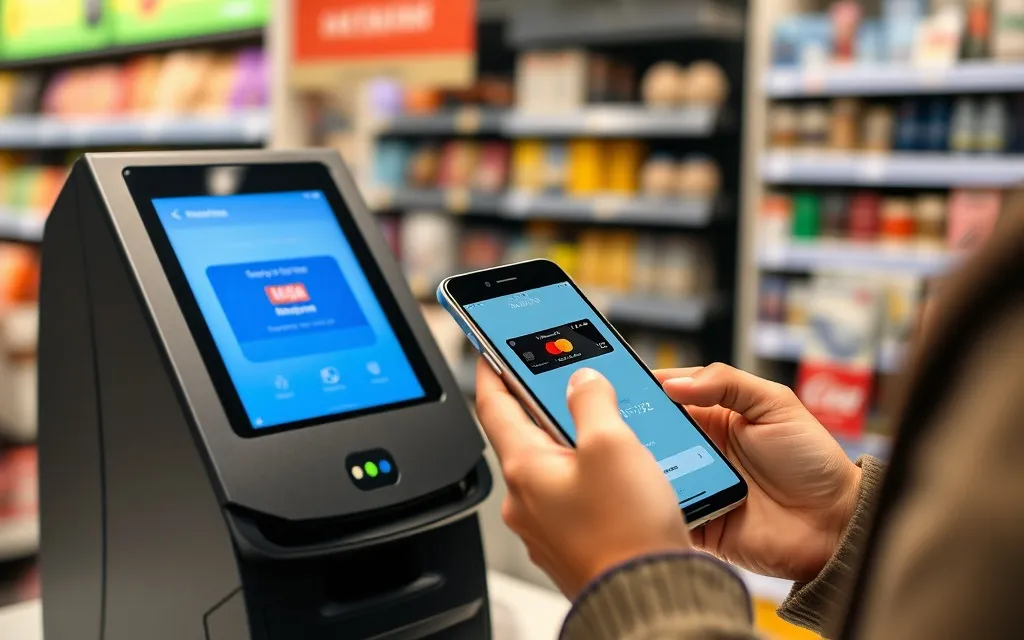In the fast-paced world of financial technology, digital wallets have become a game-changer, reshaping how consumers handle their transactions. Platforms like Apple Pay, Google Pay, and PayPal are not only changing the landscape of online shopping but are also poised to become major players in in-store payments. As mobile payment technologies advance rapidly, it's crucial to understand the impacts and advantages of digital wallets in retail, driving us towards a future where contactless payments are the norm.
Digital Wallets: Leading the Charge in Retail
Recent projections show that digital wallets will surpass debit cards for in-store payments in North America by 2027. This significant shift highlights changing consumer preferences primarily driven by convenience and security. By 2027, digital wallets are expected to make up nearly half of global POS transaction values, underscoring their rise as the preferred payment method.
A study reveals that convenience is the key driver, with 41% of users choosing digital wallets for their ease of use. Younger generations, particularly Gen Z and millennials, are leading the way, signaling a generational shift towards mobile payment technologies. Moreover, digital wallet users tend to spend 31% more on retail and grocery products than those using traditional payment methods.
Why Digital Wallets Are Winning: Key Benefits
The future of in-store payments is bright, thanks to the numerous benefits of digital wallets:
Enhanced Security: Digital wallets employ strong encryption and tokenization, replacing card details with unique digital tokens. This robust security reduces fraud and protects against unauthorized access.
Contactless Transactions: Leveraging NFC and MST technologies, digital wallets enable seamless, contactless payments. This feature has become extremely desirable in the post-pandemic world, where touch-free interactions are in high demand.
Convenience and Speed: With a simple tap of a smartphone or smartwatch, payments are swift and effortless, eliminating the need to repeatedly input card details. This streamlined process is a hit among tech-savvy consumers.
Cost-Effective and Rewarding: Digital wallets often come without transaction fees and offer incentives like cashback, loyalty points, or rewards, making them attractive to cost-conscious users.
Overcoming Hurdles and Seizing Opportunities
Despite the clear benefits, challenges remain—especially for small businesses. Currently, fewer than 60% of small merchants accept digital wallets, mainly due to concerns about technological upgrades and potential fraud. Payment providers can address these issues by highlighting the enhanced security of digital wallets and simplifying their implementation.
Furthermore, digital wallets can evolve beyond simple payment tools. High-income earners and younger consumers are interested in additional features, such as document storage and innovative ways to manage money. Digital wallet providers have a golden opportunity to innovate and meet these growing demands.
Paving the Way for a Connected Future
Digital wallets are rapidly becoming essential in the retail world, offering not only more secure and convenient payment methods but also boosting consumer engagement. As mobile payment technologies continue to advance, integrating digital wallets with comprehensive financial services will shape the future of in-store payments.
The transition to a digital economy is already happening, with digital wallets leading the way. By maximizing their benefits and addressing the challenges, both consumers and merchants can navigate this shift smoothly. In our digital age, embracing innovation is crucial for staying competitive and meeting market needs.
What are your thoughts on this transformative trend? Could this digital shift enhance your shopping experience, and are there other features you'd like to see in digital wallets? Feel free to share your insights and experiences!

